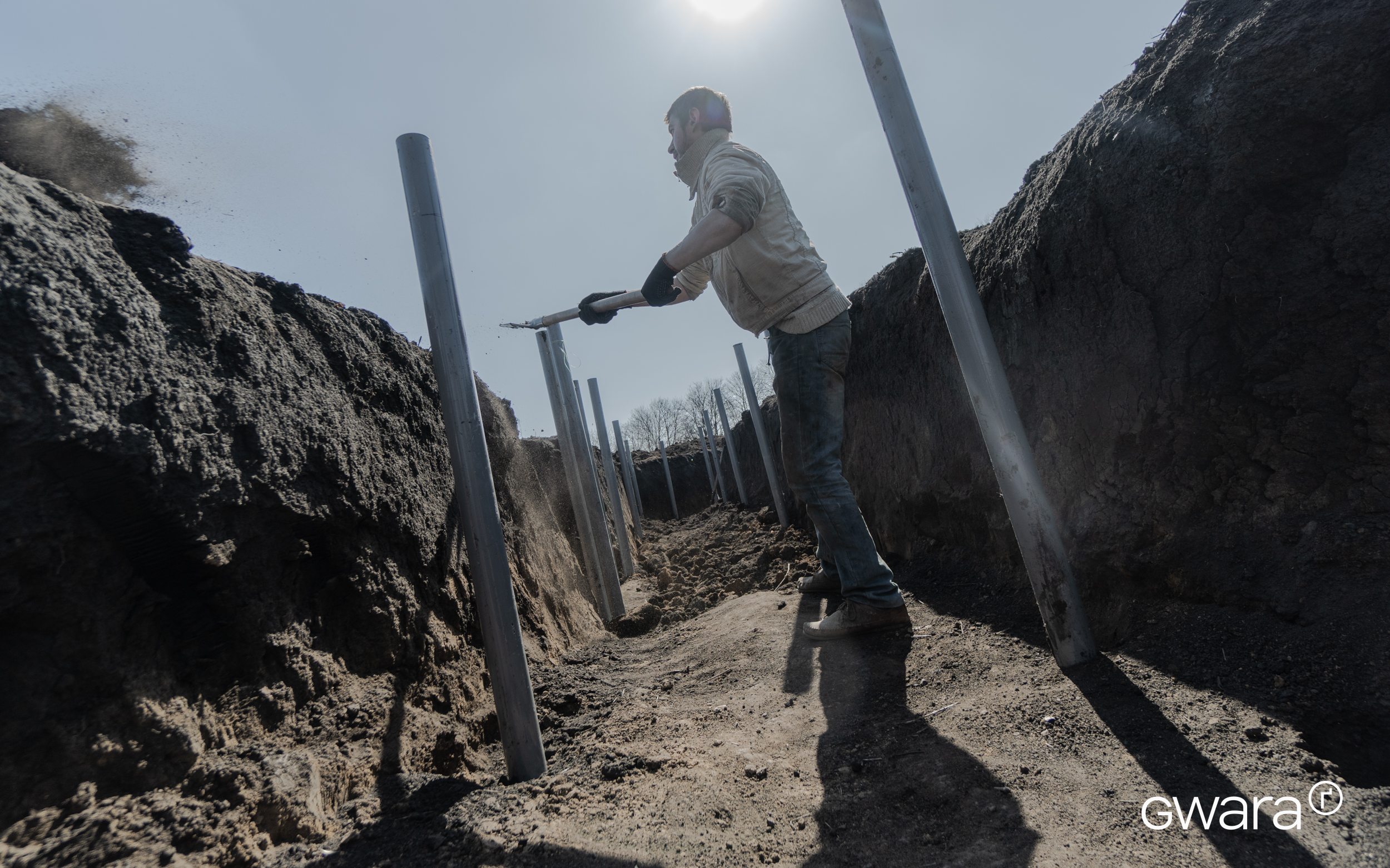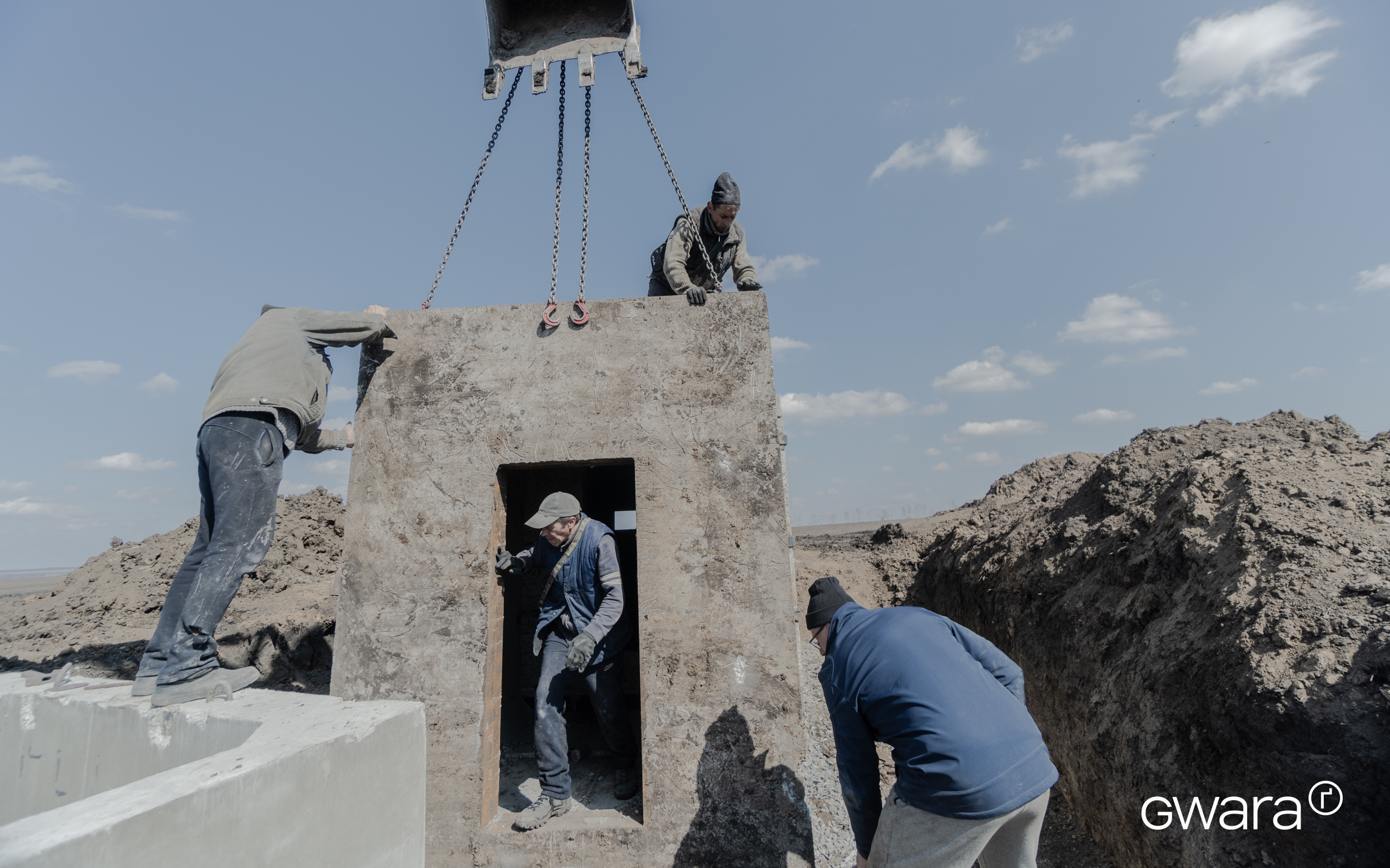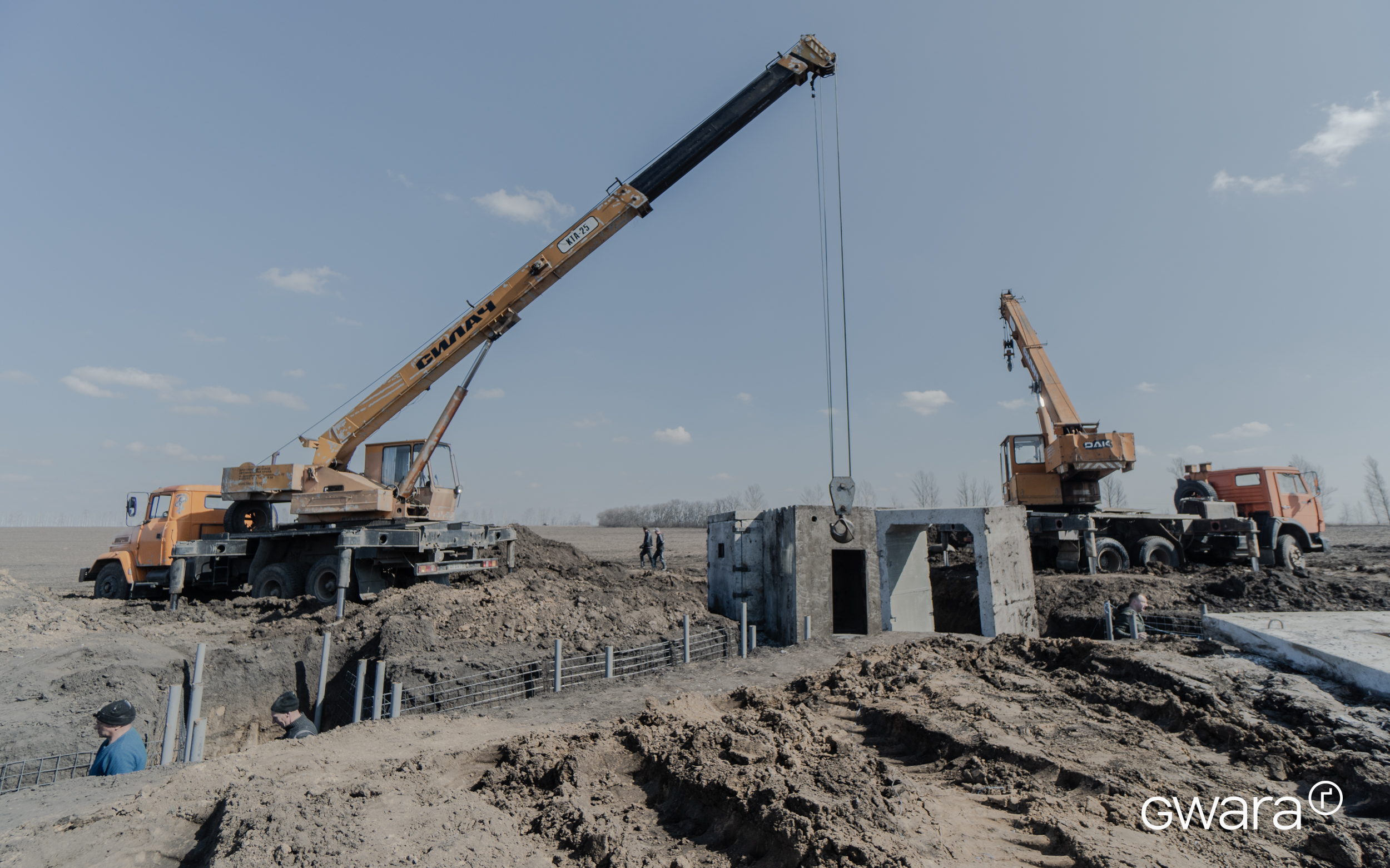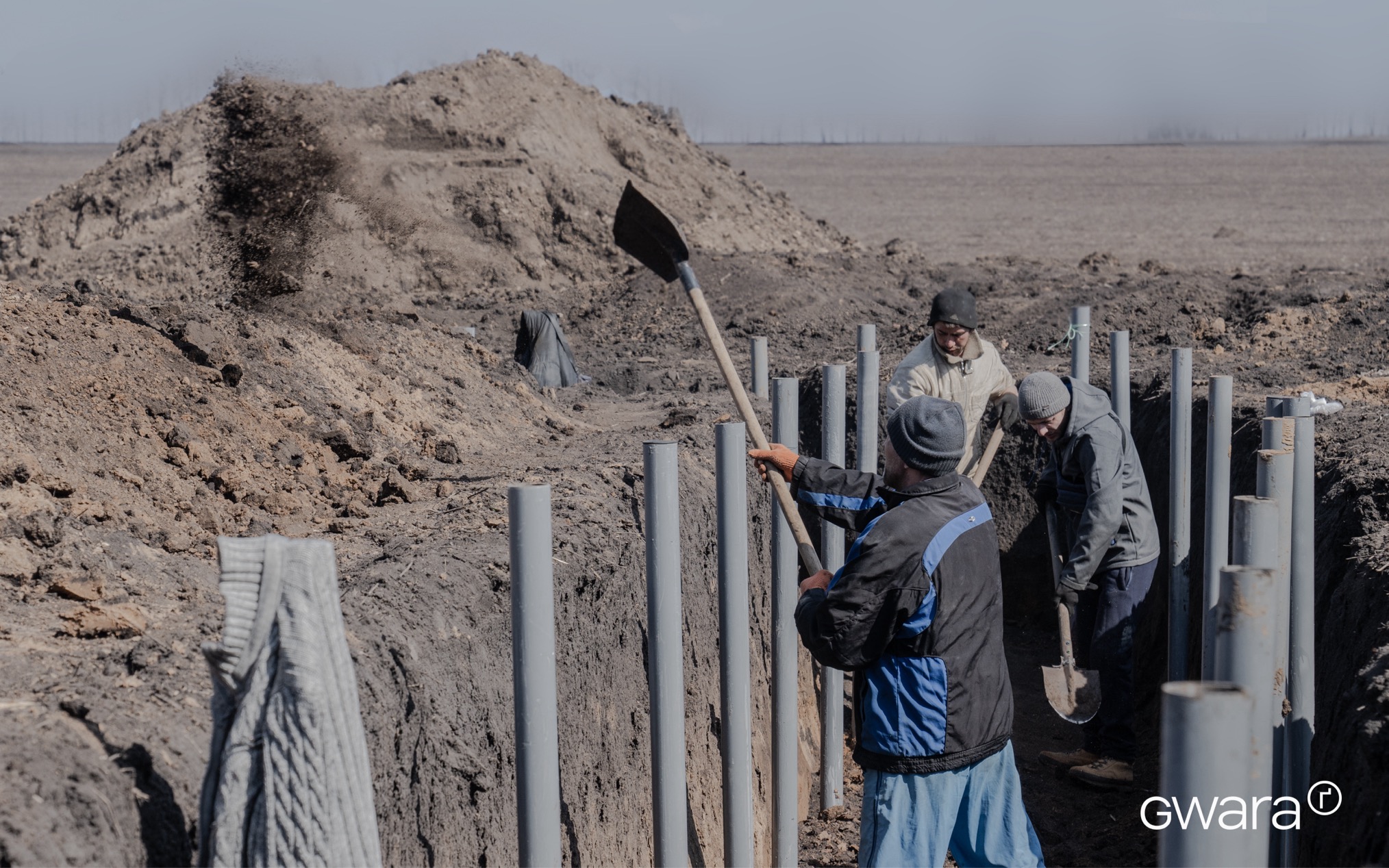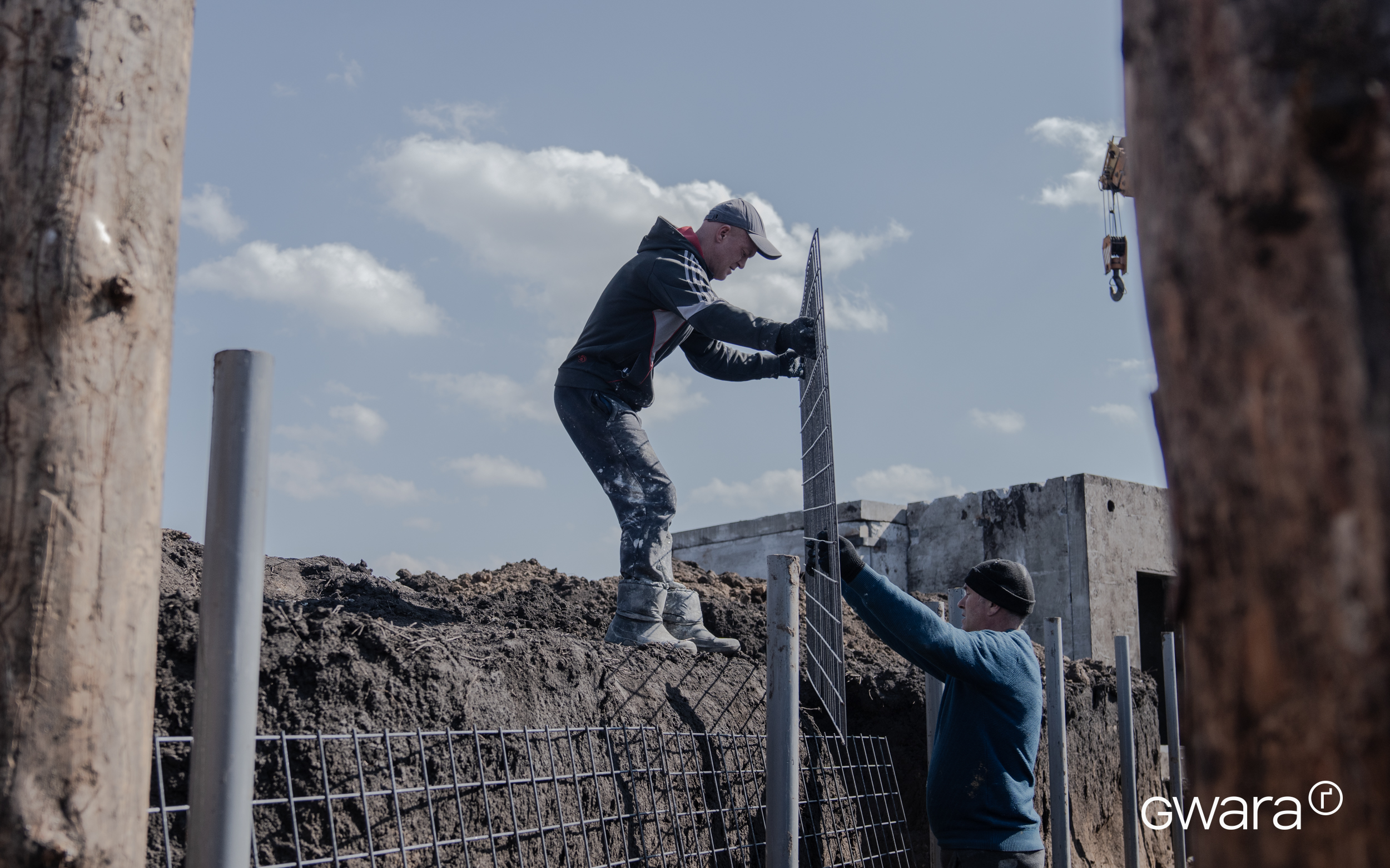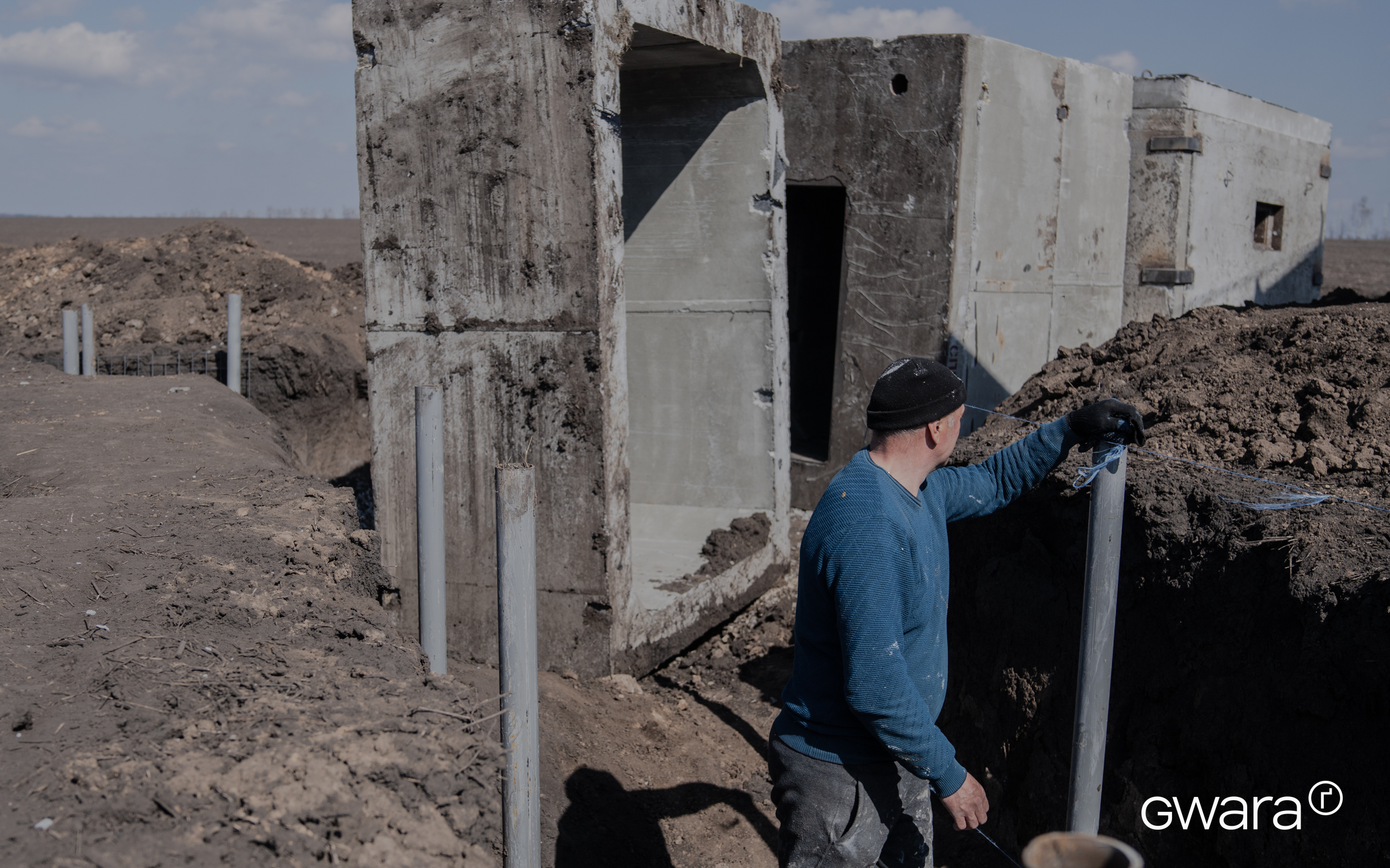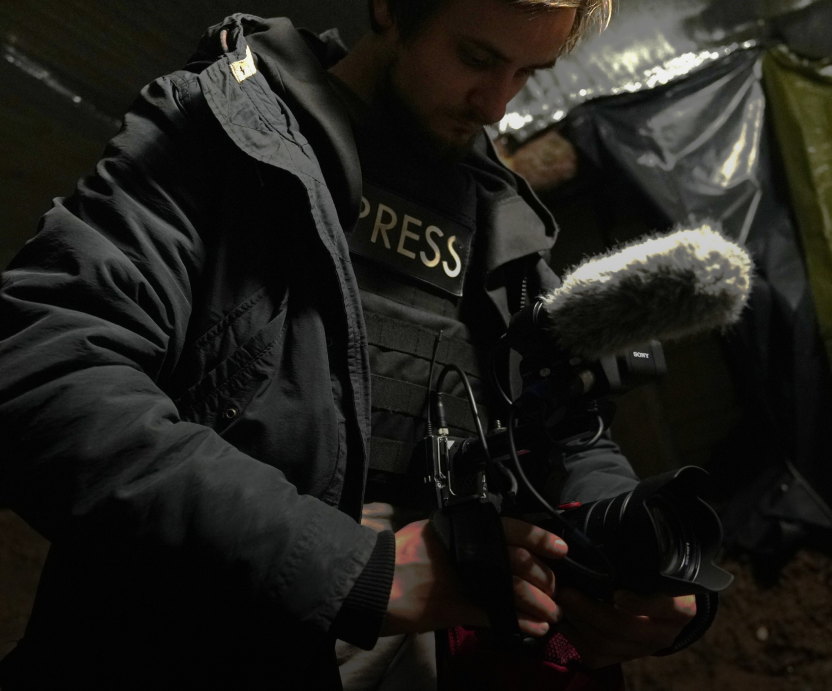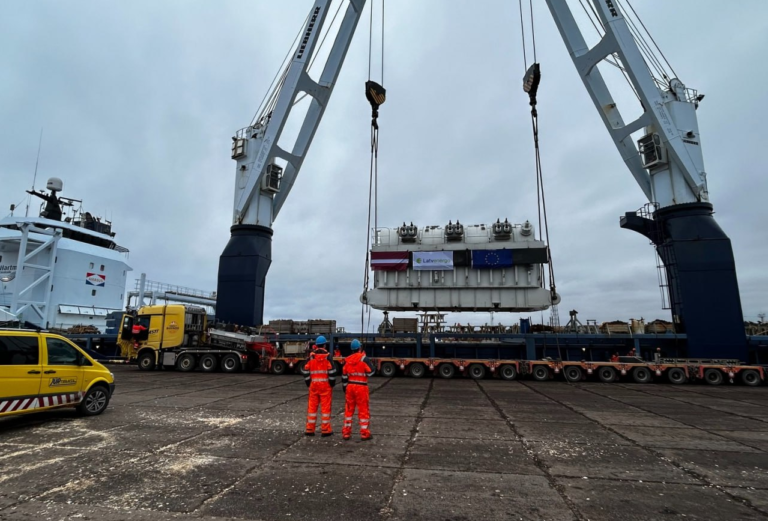KHARKIV OBLAST, UKRAINE, March 31 – The building of defensive lines and engineering barriers to protect against a possible Russian offensive has been intensified in the Kharkiv region over the past few months.
The state budget funds the efforts. While the Ukrainian military is building hundreds of kilometers/miles of fortified trenches along the first front line, civilian contractors are working on the next two lines of defense. According to Oleh Syniehubov, the head of the Kharkiv Regional Military Administration, fortifications are being built near the border with Russia, in the Vovchansk sector (north part of the region).
“As for funding, we have received the first part – more than UAH 3 billion ($76 million). After February 24, 2022, we started it. And this process is ongoing. First, we built a circular defense of Kharkiv when the adversary was on the city’s outskirts. And then, as our armed forces moved in and as the Kharkiv region was liberated. Now we are working to strengthen and build up such fortifications,” Syniehubov said.
At the end of February 2024, the Department of Housing and Utility Services and the Fuel and Energy Complex of the Kharkiv Regional Military Administration published 97 public purchases worth UAH 2.1 billion ($53 million) to construct fortifications. At the time, the explanation stated that the procurement information was inherently military data, and its disclosure could lead to its use against the sovereignty and independence of Ukraine.
In early March 2024, The Wall Street Journal published an article about “insufficient preparation of fortifications in Ukraine ahead of Russia’s offensive”. American journalists said that Ukraine’s campaign to build fortifications had not yielded significant results and that Ukrainian soldiers performing combat missions were forced to dig trenches, often under fire. However, at the time, the case was related to the Avdiivka area in Donetsk Oblast.
Ukraine’s President Volodymyr Zelenskyy chaired a meeting of the Supreme Commander-in-Chief’s Staff to discuss the construction of fortifications. In particular, following the meeting, Zelenskyy said on March 11 that Ukraine was building 2,000 kilometers of fortifications in three lanes.
Gwara’s choice
ISW: Russia slowed its offensive near Kupiansk in Kharkiv Oblast. Positional fighting continued along the Kupiansk-Svatove-Kreminna line on March 30. There were no confirmed changes in this part of the frontline.
Constant missile attacks and deserted streets: how Kupiansk lives on the front line. It is 10-15 km / 6–9 miles from the front line and 40 km / 25 miles from the border with Russia. The city was severely damaged at the beginning of the full-scale invasion and during the battle for its liberation in September 2022.
